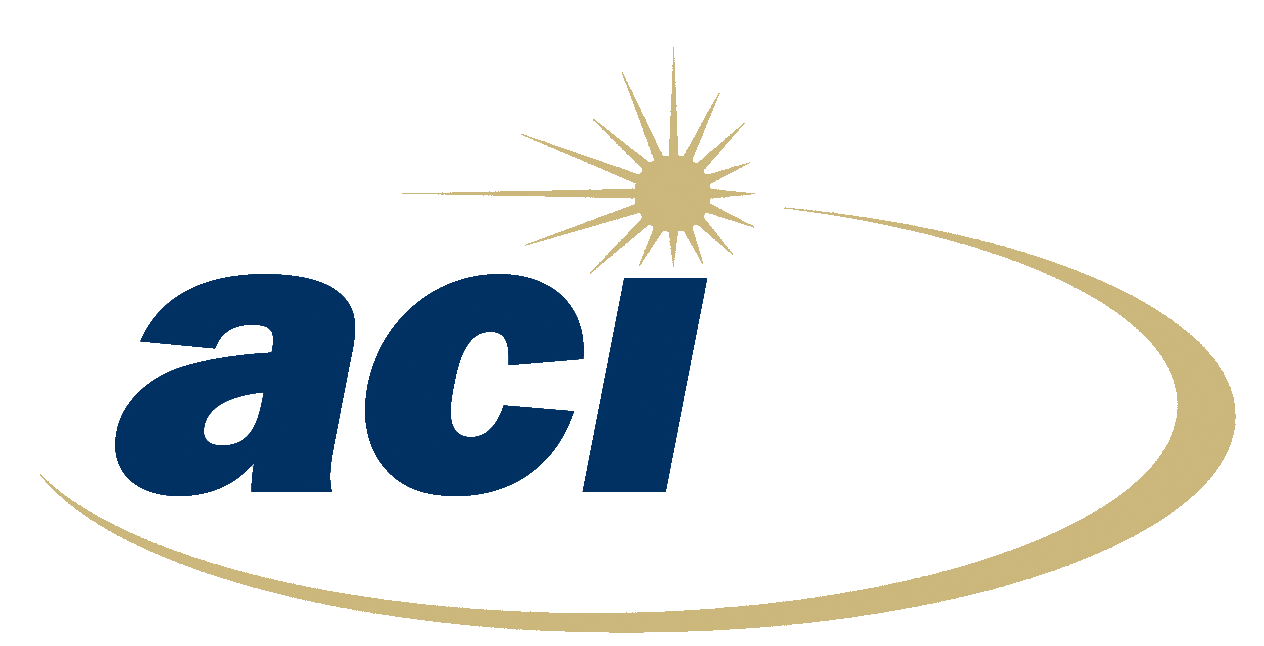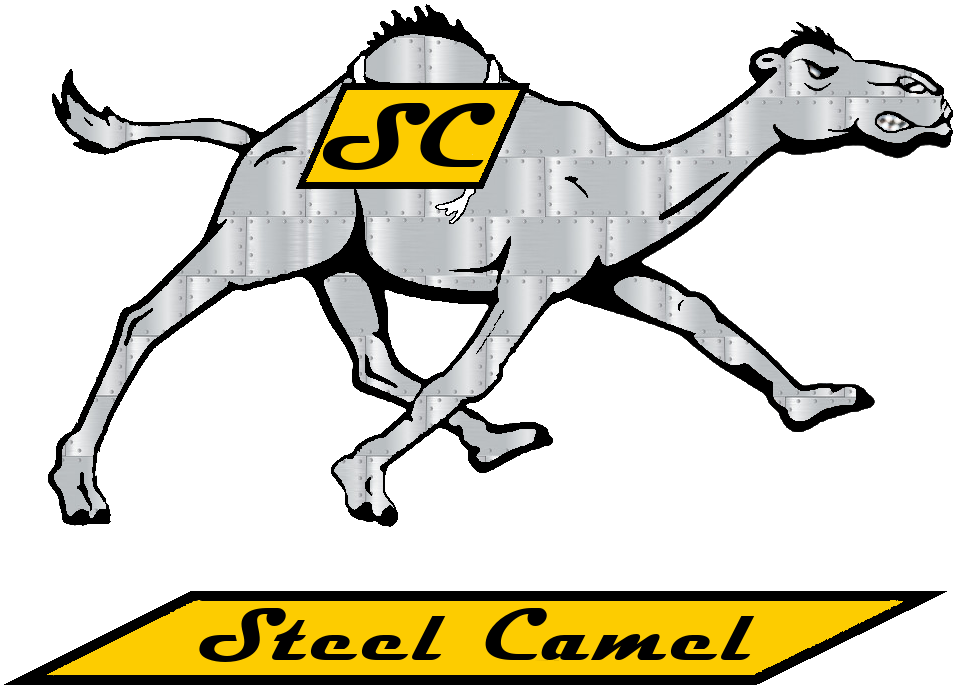Electronics Manufacturing Technical Articles
Papers and articles related to SMT, PCB & EMS industry.
- SMTnet
- »
- Technical Library
1757 SMT / PCB Assembly Related Technical Articles

ACI, an authorized IPC Training Center operating the National Electronics Manufacturing Center of Excellence providing analytical testing, manufacturing and repair services to the electronics industry.
Philadelphia, Pennsylvania, USA
Consultant / Service Provider, Standards Setting / Certification, Training Provider

Established in 1980 and acquired by Teledyne Technologies in 2011, Teledyne DALSA designs, develops, manufactures, and markets digital imaging products and solutions, in addition to providing semiconductor products and services.
Waterloo, Ontario, Canada
Located in the ancient capital of Nanjing, Nanjing University and its predecessors have taken responsibility for the country and the nation during its development of over 100 years. Committed to the prosperity of the nation ...
Nanjing, Jiangsu, China

Georgia Institute of Technology
Center for Board Assembly Research CBAR- advanced research on board assembly processes and systems
Atlanta, Georgia, USA

Super powerful expanding desiccant to keep boards & microelectronics moisture free.... Much different than Silica Sand Beads. Also supplier of corrosion prevention treatments that are alternatives to Conformal coatings.
Tampa, Florida, USA

DfR Solutions (acquired by ANSYS Inc)
DfR Solutions has world-renowned expertise in applying the science of Reliability Physics to electrical and electronics technologies, and is a leading provider of quality, reliability, and durability (QRD) research and consulting
College Park,

Georgia Institute of Technology
Center for Board Assembly Research CBAR- advanced research on board assembly processes and systems
Atlanta, Georgia, USA
LiloTree is an advanced materials technology company, providing next-generation technology solutions through chemistry and materials innovations. Based in Seattle, Washington, we're an NSF funded company, manufacturer & distrib...
Redmond, Washington, USA

Rogers' high performance laminates and bondplies are engineered to meet stringent customer requirements for 5G wireless communication, wired infrastructure, automotive radar sensors, aerospace, satellites and more.
Chandler, Arizona, USA

ACI, an authorized IPC Training Center operating the National Electronics Manufacturing Center of Excellence providing analytical testing, manufacturing and repair services to the electronics industry.
Philadelphia, Pennsylvania, USA
Consultant / Service Provider, Standards Setting / Certification, Training Provider
Pages: 1 2 3 4 5 6 7 8 9 10 11 12 13 14 15 16 17 18 19 20 21 22 23 24 25 26 27 28 29 30 31 32 33 34 35 36 37 38 39 40 41 42 43 44 45 46 47 48 49 50 51 52 53 54 55 56 57 58 59 60 61 62 63 64 65 66 67 68 69 70 71 72 73 74 75 76 77 78 79 80 81 82 83 84 85 86 87 88 89 90 91 92 93 94 95 96 97 98 99 100 101 102 103 104 105 106 107 108 109 110 111 112 113 114 115 116 117 118 119 120 121 122 123 124 125 126 127 128 129 130 131 132 133 134 135 136 137 138 139 140 141 142 143 144 145 146 147 148 149 150 151 152 153 154 155 156 157 158 159 160 161 162 163 164 165 166 167 168 169 170 171 172 173 174 175 176


.gif)





